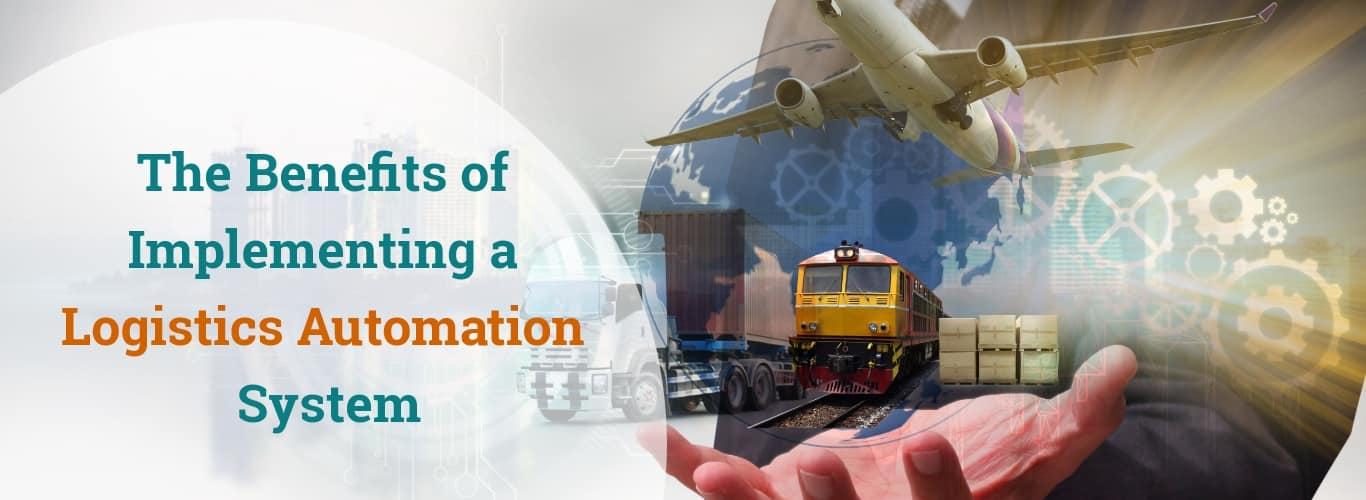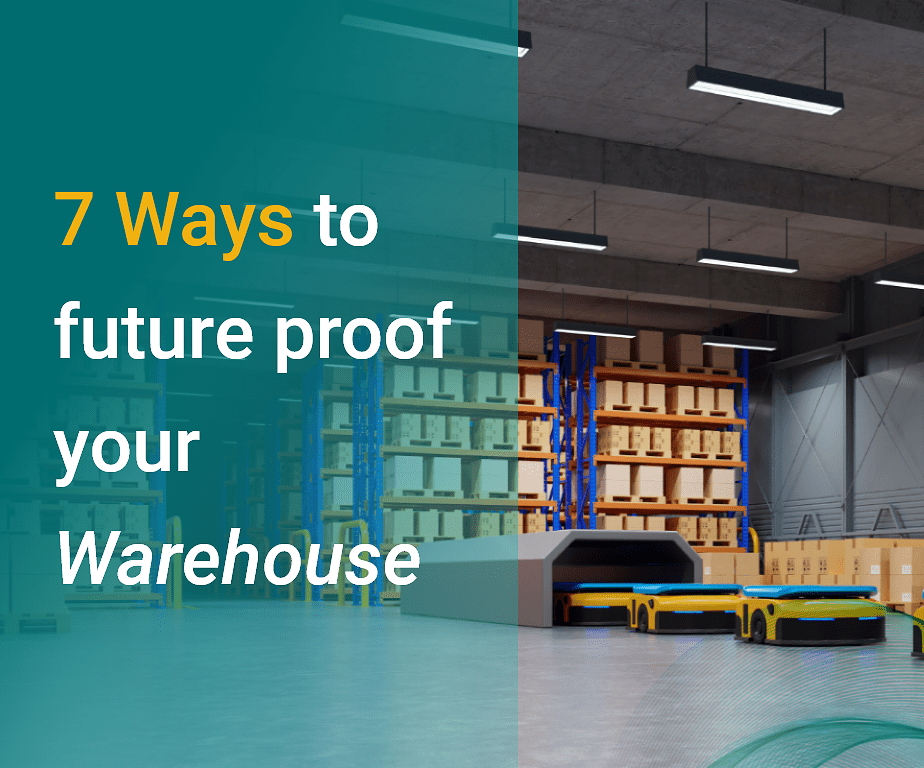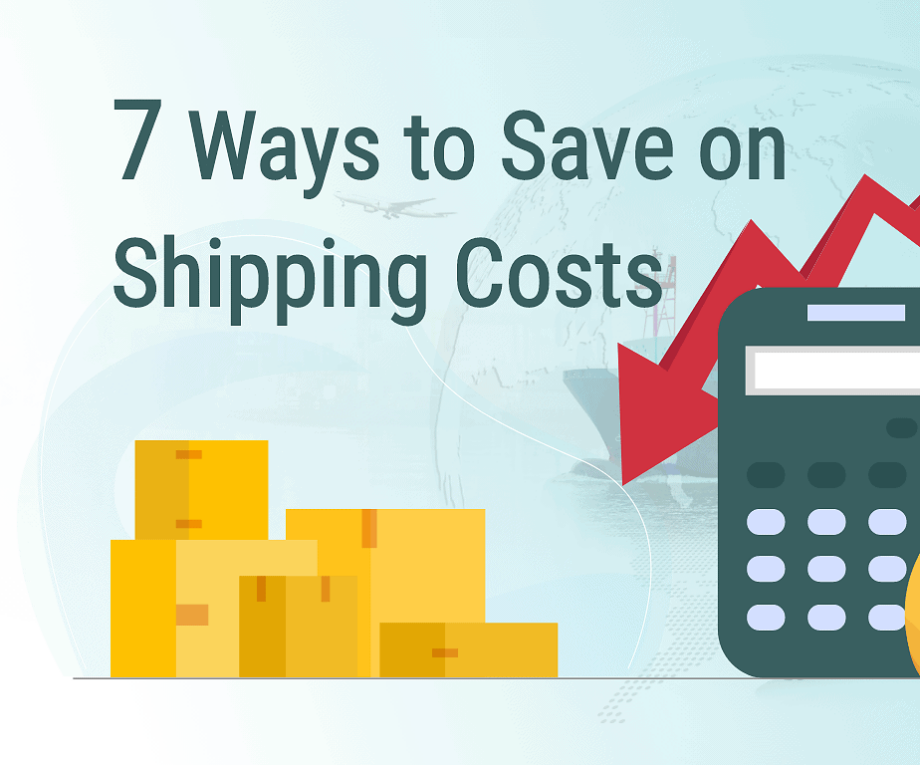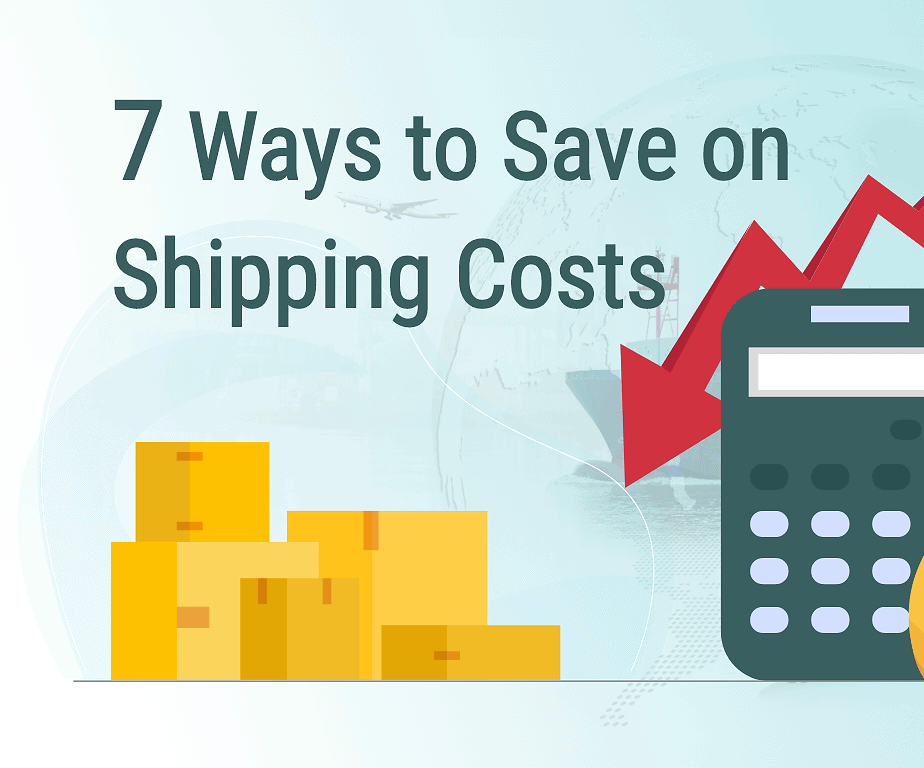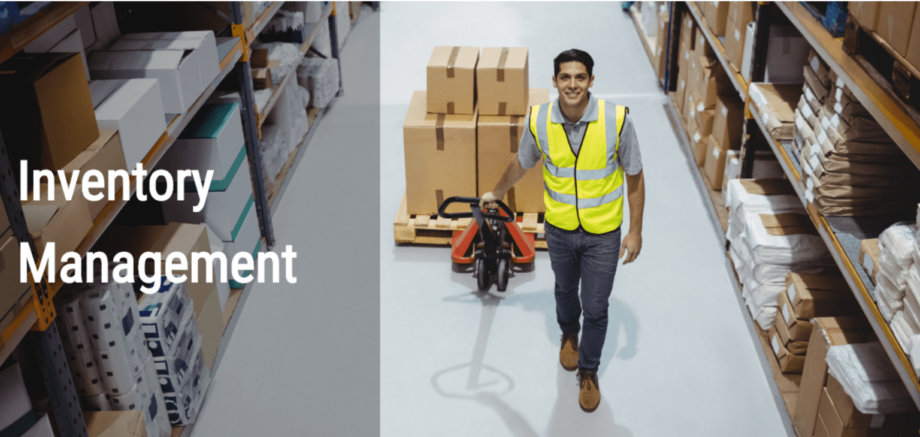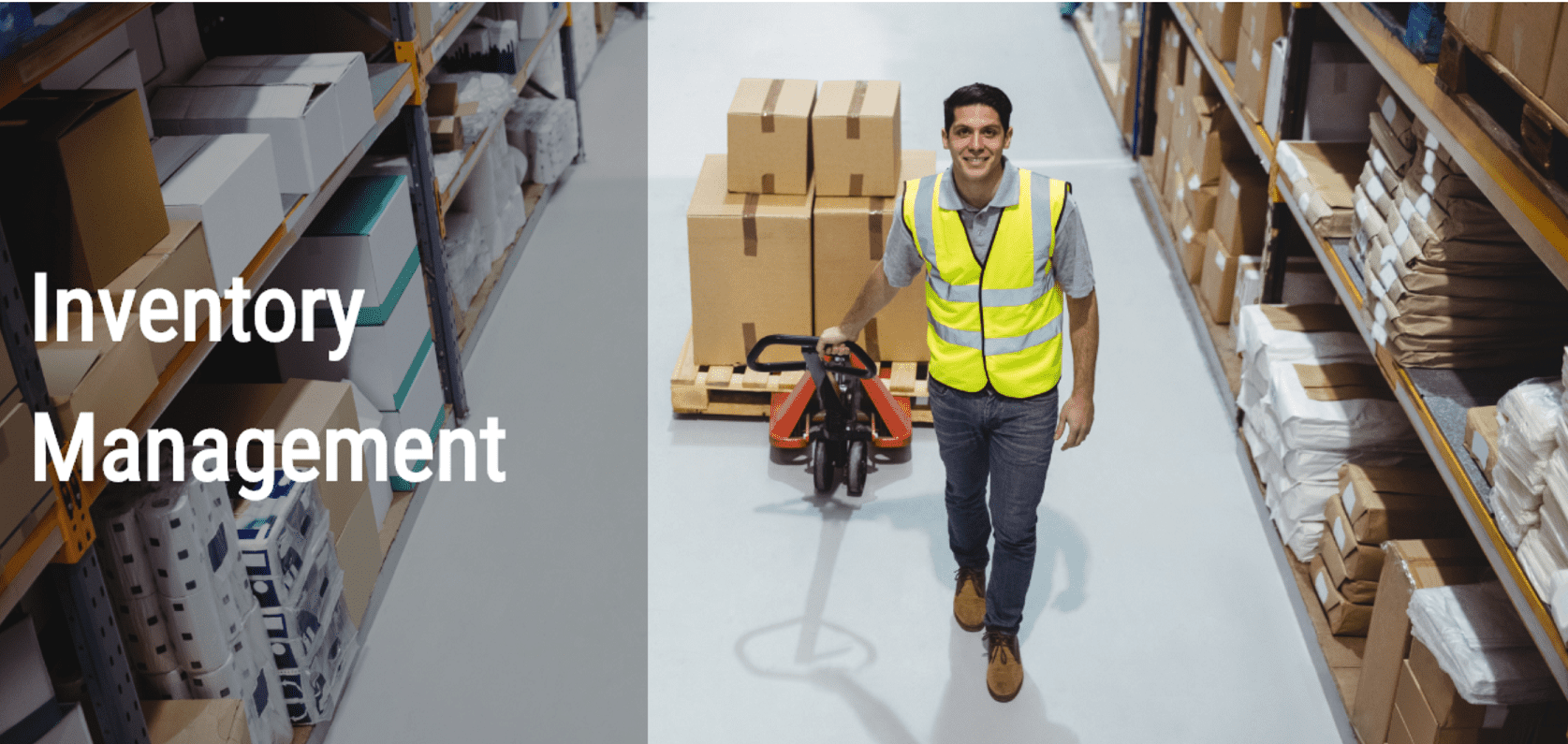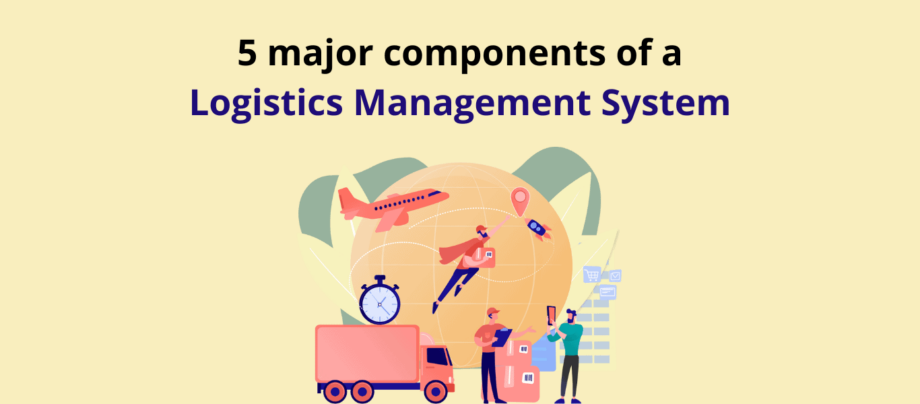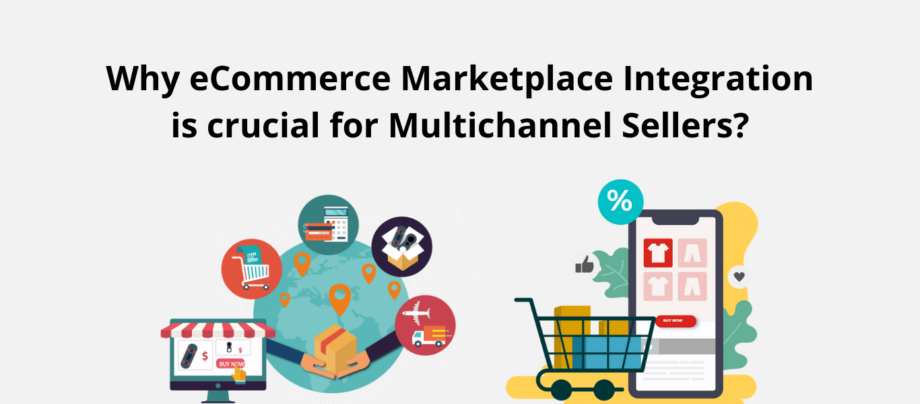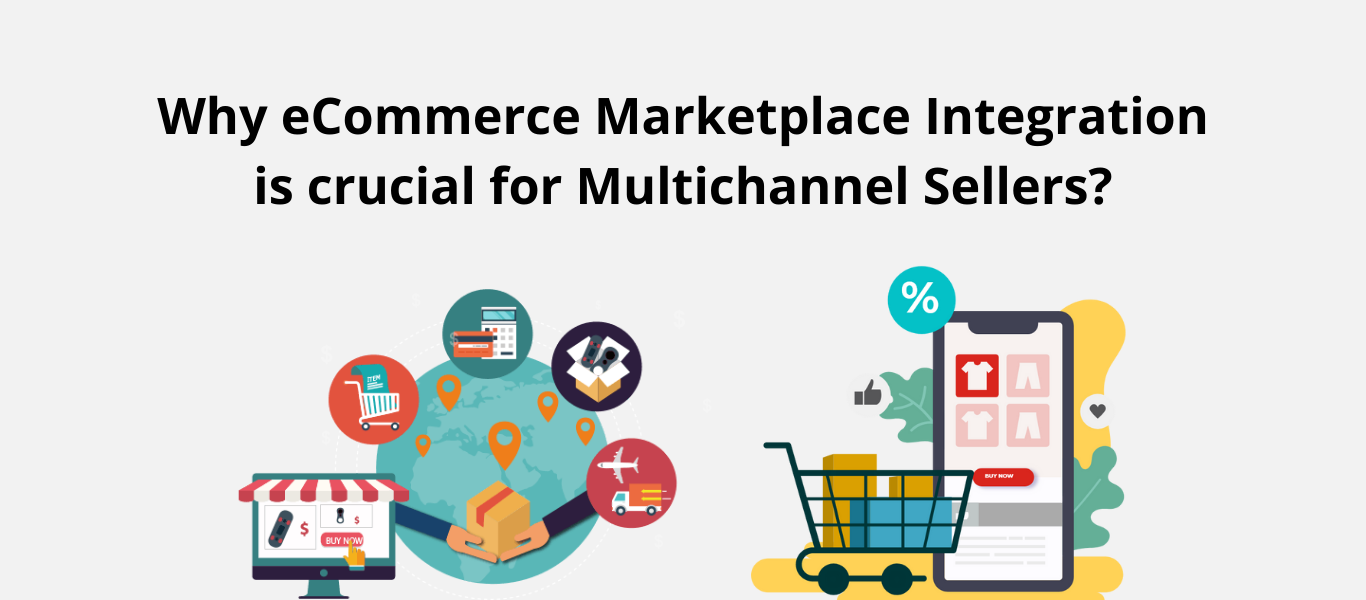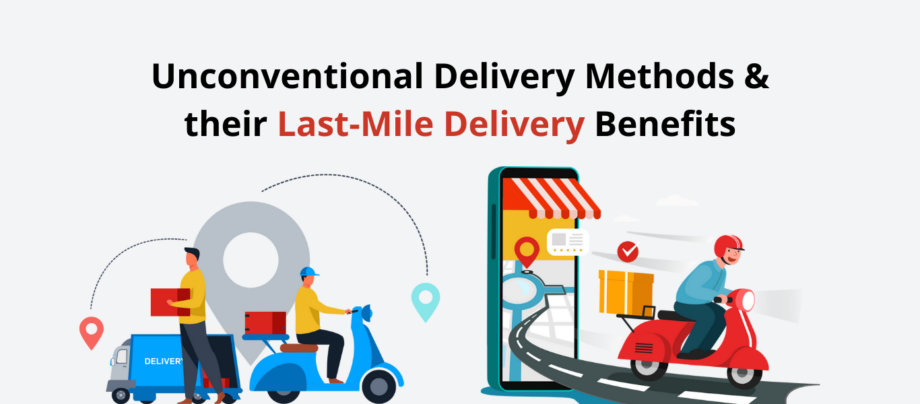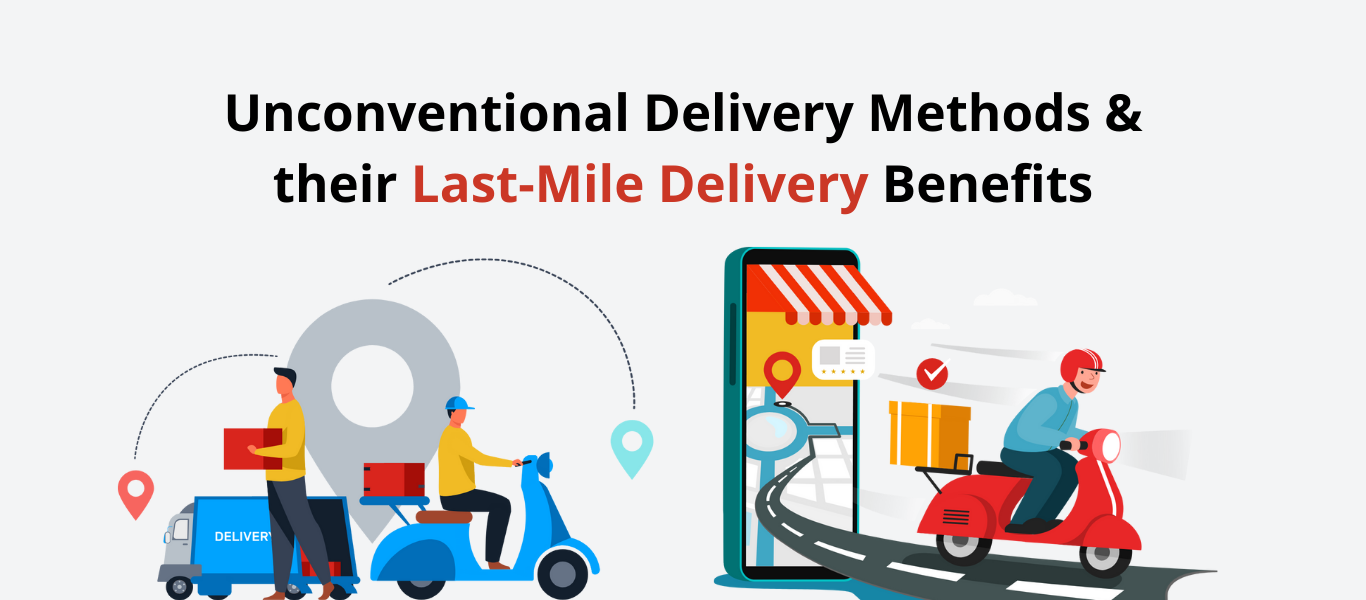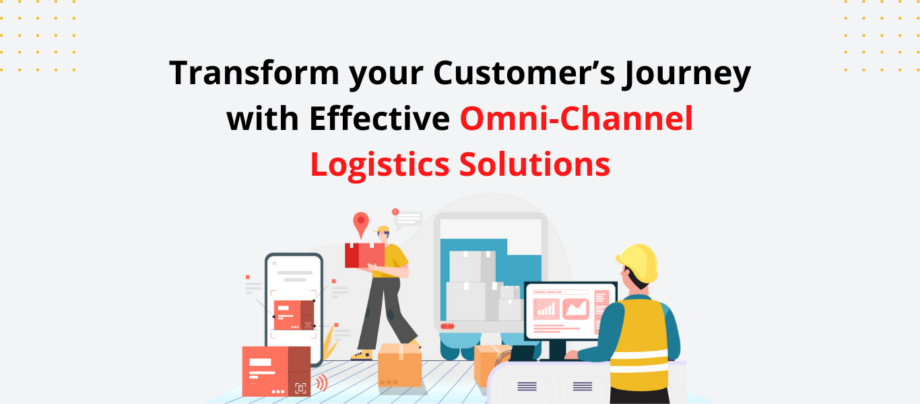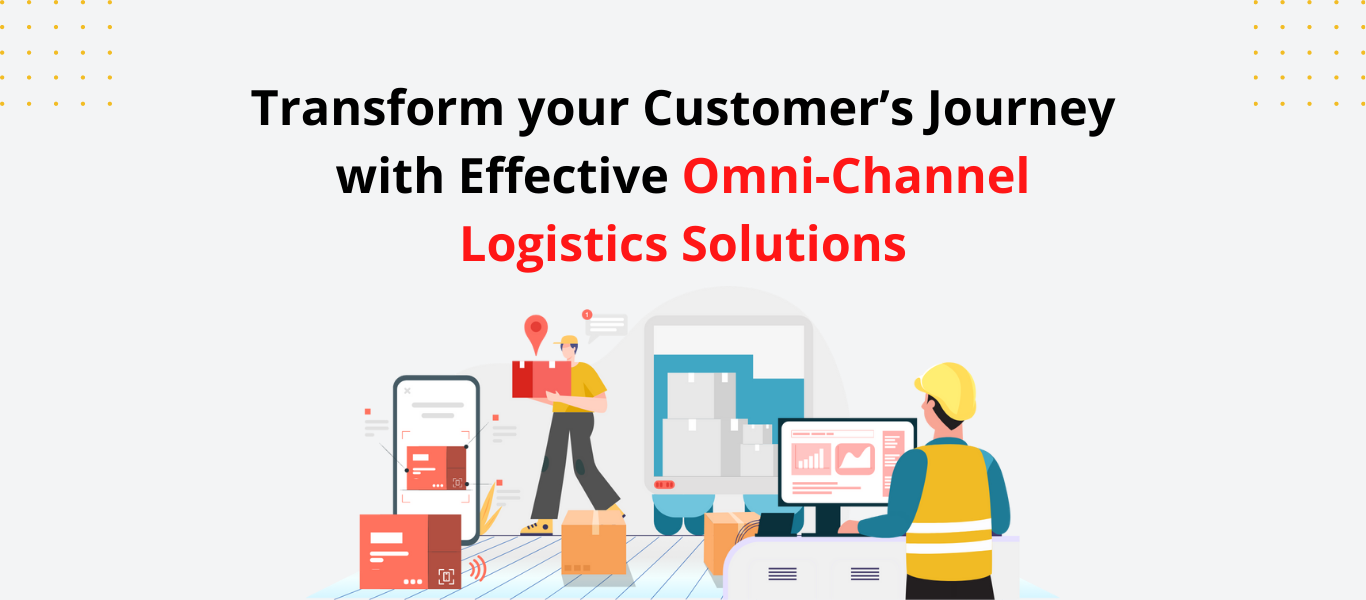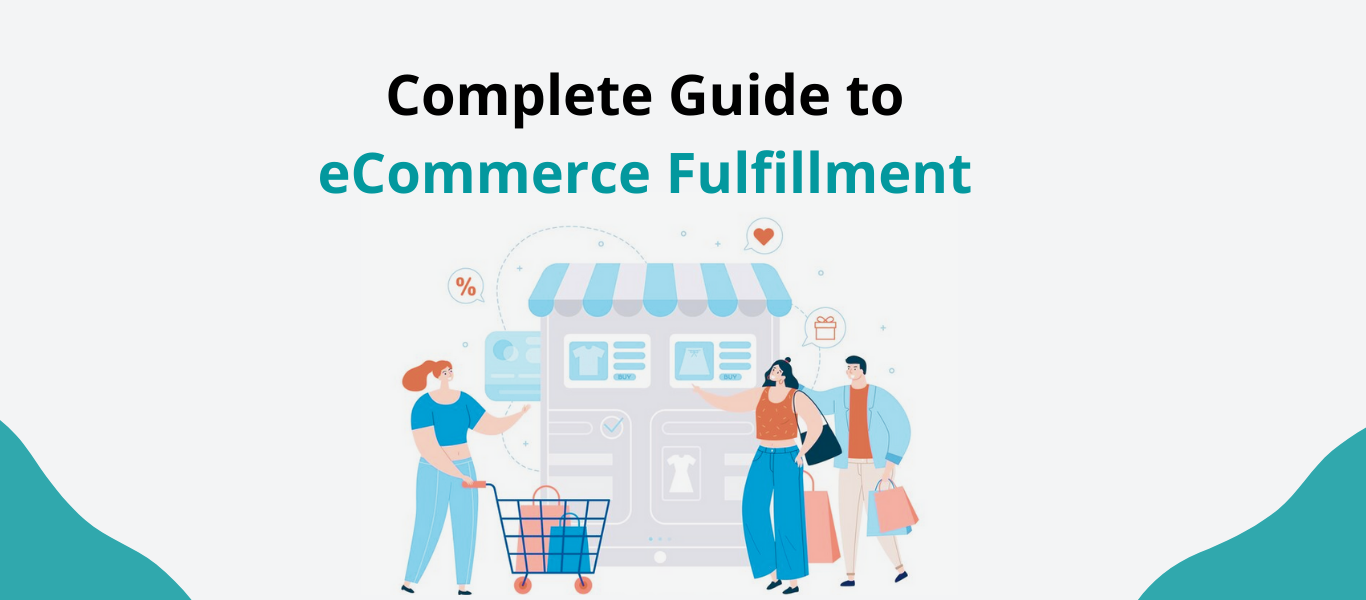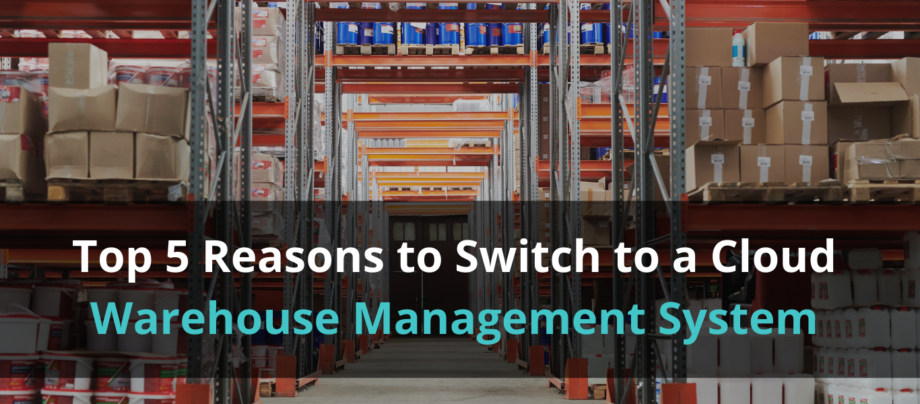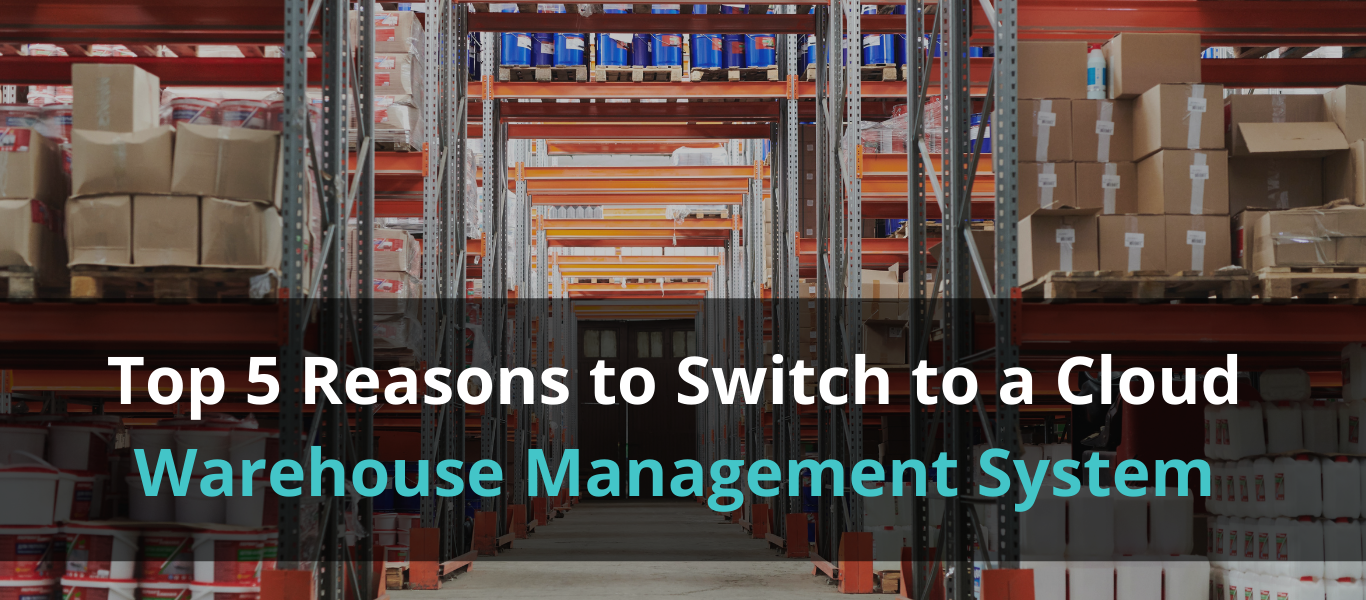What is Inventory Management?
Inventory management aids businesses in determining which merchandise to order when and in what quantities. Inventory is tracked from product acquisition to sale. To guarantee there is always adequate inventory to fulfil client orders and proper warning of a shortfall, the technique identifies trends and reacts to them.
Inventory turns into revenue after it is sold. Inventory ties up cash before it is sold while being listed as an asset on the balance sheet. As a result, having too much stock is expensive and lowers cash flow.
Inventory turnover is one measure of effective inventory management. Inventory turnover is a metric used in accounting to determine how frequently stock is sold over time. A company doesn’t want to have more inventory than sales. Deadstock, or unsold stock, can result from a lack of inventory turnover.
Why Is Inventory Management important?
For the majority of firms, inventory is necessary. However, it might be difficult to gauge how much to bring and where to place it.
Because it helps to ensure that there is rarely too much or too little product on hand, inventory management is essential to a company’s health because it lowers the danger of stockouts and inaccurate records. The correct balance can be found through optimization.
Inventory Management Challenges
Having too much inventory and being unable to sell it, not having enough inventory to complete orders, and not knowing what things you have in inventory and where they are placed are the main issues of inventory management. Other challenges include:
1. Obtaining Accurate Stock Information:
Without accurate goods information, you can’t determine when to restock or which stock goes well.
2. Poor Processes:
Outdated or manual processes can slow down operations and make work more prone to error.
3. Customer demand is continuously changing:
Customer preferences and requirements are changing day by day. How will you be able to determine when and why their preferences change if your system is unable to observe trends?
4. Utilising Warehouse Space:
If similar products are hard to find, staff members squander time. Getting inventory management right can help solve this problem.
Benefits of Inventory Management software integrated with ERP:
You can cut costs and maintain an accurate stock count with the use of inventory management techniques. When you include an ERP system with inventory management features, however, you might experience extra advantages. When a system like this is in place, you can:
1. Recognize Inventory Levels Across the Organization:
ERP systems can give a complete picture of orders placed across all divisions, from sales to accounting to fulfilment. The capacity to buy in bulk and centralise purchases reduce duplication when stock needs to be replenished. When you combine your inventory software with accounting and back-office procedures, there are numerous additional advantages.
2. Automate Manual Tasks:
Inventory taking, receiving, and fulfilment can be sped up by barcode and RFID scanning. Using software frees personnel from tedious chores and decreases errors caused by the human entry.
3. Greater Visibility with Real-Time Information:
With the appropriate inventory management software, you can get real-time data on all SKUs across all sites. Regardless of where you are, it will deliver this info to all devices.
4. Improved Forecasting:
It is possible because of software that manages data analytics and collection. Additionally, by comprehending tendencies, you can enhance your stock predictions.
5. Data-Driven Decision Making:
Make data-driven stock decisions by utilising the inventory management software’s analytics features. Reduce carrying costs and inventories to save money.
6. Support Uninterrupted Production:
You may make sure that production never faces a shortage by anticipating both demand and lead time.
7. Harmonise Multiple Inventory Locations:
Get an overview of the stock levels in all of your warehouses, distribution facilities, retail outlets, and suppliers by integrating multiple inventory locations.
8. Optimise All Inventory:
A strong inventory management system aids in maintaining the ideal stock mix, quantity needs, and carrying costs. You can be sure you’ll always have the right amount on hand with its assistance.
9. As your business expands, scale up your inventory:
1,000 SKUs spread over 15 facilities cannot be accurately tracked manually. Software for inventory management will take care of that for you.
10. Ensure Generally Accepted Accounting Principles (GAAP) Compliance:
Accurate stock valuation is essential for financial transparency. Software for inventory management offers the accuracy needed by GAAP.
11. Enhance Product Visibility in Recalls:
With the aid of digital technologies, managers can track products by date and location by consulting serial or lot records.
Inventory management KPIs
In inventory management, key performance indicators (KPIs) are measures that support stock monitoring and decision-making. KPIs are important in inventory management because they provide data on turnover, sales, demand, expenses, process effectiveness, relationships, and more.
With the use of inventory management systems, KPIs can be simply tracked. KPIs in inventory management systems can highlight development, areas where processes require improvement or successful areas.
1. Rate of Inventory Turnover:
Inventory turnover rate, also known as inventory turnover ratio or inventory turn, is the frequency with which a business sells and replaces its stock during a given period, often a year.
The inventory rate can be used to detect whether a company has too much inventory concerning how much of its stock is selling. Inventory rate gauges how effectively a business generates revenue from its inventory. Calculate the inventory turnover rate using the following formula:
Inventory turnover rate = cost of goods sold / average inventory
2. The ratio of Stock to Sales:
The stock-to-sales ratio calculates how much inventory is stored compared to how many sales there were. The stock can be adjusted using this general computation to maintain high margins.
Use this equation:
Stock to sales ratio = $ inventory value / $ sales value
3. Cost per Unit:
Cost per unit is the price a business pays to produce or acquire a single unit of a good. It works best in businesses that produce or sell the same product in huge quantities.
Use the following formula to determine the price per unit:
Cost per unit is (fixed costs plus variable costs) / the number of units produced
4. Return on Investment Margin:
Gross margin return on investment (GMROI) measures a company’s earnings with the amount it spent on stock acquisitions. This metric gauges how well a business purchases and sells its goods.
To determine the gross margin return on investment, use the following formula:
Gross margin return on investment = gross margin / average inventory cost
5. Accuracy of Available Inventory:
The company’s stock status is related to the correctness of the available inventory. This KPI illustrates the discrepancy between the number of things the business asserts in electronic records and those that are available for purchase. The physical inventory count supports the totals from the computer files. The difference may be the result of loss, fraud, damage, and theft.
Use this equation to determine the accuracy of the available inventory:
Available inventory accuracy = (counted items that match record / counted items) x 100
Inventory control
The practice of maintaining a company’s inventory levels, whether they are kept in their warehouse or dispersed across different sites, is known as inventory control, sometimes known as stock control. It entails overseeing products from the time you have them in stock until their eventual disposal or (hopefully) delivery to clients (not ideal). They are also tracked by an inventory control system for use, storage, and movement.
Inventory control is the process of keeping the right amount of each product on hand by controlling your inventory levels. Your purchase orders may be tracked and a working supply chain can be maintained with proper inventory control. Systems can be set up to aid in predicting and provide you the ability to specify reorder points.
We now have a foundational understanding of what inventory management is and the available inventory control systems. Here are some suggestions for managing your inventory.
1. Track your inventory in real time:
One cannot overstate the importance of automation. Your financial and commercial decisions are guided by the most precise, up-to-date information that real-time tracking provides. It can lower your carrying expenses and help you enhance your ROI. When selling on various channels, automatic inventory tracking is quite beneficial. When all of the orders and inventory information is synced in real-time across all channels, overselling, which can negatively impact the customer experience, can be avoided.
2. Keep your labelling scheme consistent:
Companies today have a wide choice of alternatives for marking and identifying goods thanks to modern warehouse management. Choose a method that works for your company, and then apply label strategies consistently.
SKUs, for instance, make it simple for your team to monitor your inventory. You can manage your inventory across multiple channels and locations with ease if you barcode your stock.
Radio Frequency Identification (RFID) may also be used by your business to identify particular goods and parts. RFID isn’t just for tracking raw materials; it can also be used to track finished goods and move them around the supply chain.
3. ABC Analysis:
ABC analysis is a tactic you can employ in a perpetual system. Based on the item’s consumption value, inventory items are categorised in this way. That value represents the overall cost of an item of inventory used up over a certain period. The letters stand for the several categories that objects might be categorised under.The goods with the greatest consumption values are referred to as A items. There will be a small quantity of these high-consumption goods.
The consumption value of B products is higher than C things but lower than A items.
The products in category C are the least consumable. The rewards on this stock are low, but the risk is also low. They frequently represent a sizable chunk of your stock.
4. Establish reorder points:
Although it might seem straightforward, reordering can be a challenging aspect of inventory management. Without having to deal with the carrying expenses of dead stock, you want your consumers to have immediate access to your inventory. You can establish these levels in inventory control software so that it will notify you when a product falls below a predetermined level. Using EOQ or ABC analysis, you can specify reorder points for certain products.
You may be able to better manage your lead time with its assistance. Lead time is the period between placing and receiving an order to replenish inventory. The quantity of goods you require is impacted by this aspect. Wasteful warehouse space is taken up by dead stock. In the US, the average cost per square foot for warehouse and distribution centre space is $5.08. You can also use an inventory planning system that is data-driven to enable more precise replenishment.
5. Conduct routine audits:
You should still do routine checks for theft, spoilage, and other human errors even if you utilise inventory control software. Additionally, you want to make sure that your inventory is being discussed among all of your departments. Make sure your systems are appropriately transmitting the cost and count of your inventory to your accounting department.
Conclusion
For any organisation, efficient inventory control is essential. Organizations can do this to improve your cash flow and use less money and time on inventory management. One can establish an inventory control plan that keeps track of your assets in real-time by employing automated inventory control software systems and inventory control procedures that will help in managing stock.
LogixPlatform provides solutions for controlling stock and cycle counts, identifying reorder points, and tracking inventory across many locations. Costs like revenue per unit, cost per unit, gross margins by product, and labour cost per item will be computed using a reliable inventory management system. The demand planning and distribution requirements planning tools can help in achieving the ideal supply-demand balance across whole enterprise. The software ought to keep track of stock problems, stocking challenges, and delivery times. Real-time dashboards from LogixPlatform grant access to business intelligence from a single system of record for every aspect of your organisation, from fulfilment and support to accounting and sales.
Learn more about using LogixPlatform to automate inventory management, lower handling costs, and boost cash flow.
